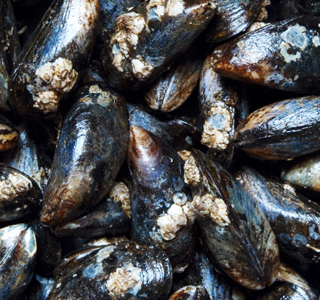SUPPORT
FAQ
FAQ
Solve your questions
quickly and easily!
QWhat is a shell?
A
It refers to the outer shell made of hardened limestone secreted from the mantle of a mollusk. It generally refers to the shell of shellfish such as oysters and clams, and refers to the shell of molluscs comprehensively. Produced through biological mineral production, it protects the body from external threats.




QWhat is the problem with the shell?
A
Although a relatively large amount of by-products are generated in the process of production, processing, distribution, and sales of fishery products compared to other agricultural, forestry and livestock products, these fishery by-products cannot be recycled or reused and are mostly discarded. In addition, during the disposal process, various environmental problems are caused due to poor management, such as wastewater and odor generation, illegal landfill and ocean dumping, and neglect.

QWhat are the properties of the shell?
A
Oyster shells are mostly calcium carbonate (CaCO3) with small amounts of MgCO3 and CaSO4. Oyster shells have a calcite structure, and when heat treated, there is no structural difference, but CO2 escapes and remains in the form of CaO.
This oyster shell is a marine resource with the same main ingredient and mineral phase as natural limestone. It is composed of calcium carbonate (CaCO3) with a calcite structure, but unlike limestone, which is a dense rock, it has a very active microstructure, making it an appropriate siliceous material. When hydrothermal reaction is used with raw materials, it can be used as a better raw material than limestone in various fields, including building materials.
QHow can I recycle shells?
A
Marine Ecology Block

